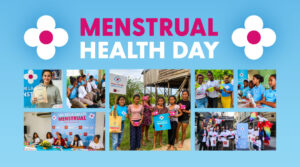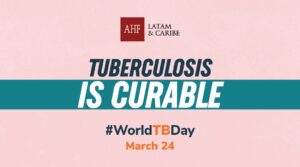The number of new HIV cases per year in European Union (EU) countries has been steadily declining over the last decade, however, there are still significant differences in the rates of decline, not only between countries, but between different countries population groups.
This was reported by the European Center for Disease Prevention and Control (ECDC), which also considered that, in order to achieve the objectives of the Joint United Nations Program on HIV/AIDS (UNAIDS) in regarding the control of the epidemic, it is necessary to focus efforts on the prevention of infections.
PrEP, the treatment that protects against HIV
Strategies to strengthen HIV prevention in the European region include expanding combination prevention programs based on scientific evidence, such as Pre-Exposure Prophylaxis (PrEP), reported the Consalud news portal.
PrEP is an antiretroviral treatment scheme, that is, the one used to control HIV in people who already have it, but given before someone is exposed to the virus. In this way, if the person who takes it comes into contact with HIV, the infection will not be able to establish itself in the body in the vast majority of cases.
PrEP strategies are mainly used in populations that are at particular risk of acquiring HIV, such as sex workers, men who have sex with men and do not usually use condoms, or partners of people already living with HIV.
Common Criteria
As early as 2015, the ECDC recommended that EU countries integrate PrEP into their HIV prevention actions, precisely in the groups that faced the greatest risk.
Last July, the entity published an operational guide with the key principles and minimum standards for PrEP programs, with the aim of helping countries implement this type of strategy.
But in addition to this, it is necessary to carry out evaluations of the performance of the programs, and to achieve this it is necessary to monitor their success in reaching and supporting those groups that can benefit most from PrEP. Such an assessment needs to have data that is relevant and actionable, as well as feasible to collect, says the ECDC.
The regional body is clear that there are profound variations between the health systems of the member countries of the EU, and for this reason it recognizes the need for standardized criteria to monitor PrEP programs.
In order to achieve a set of common criteria, he was supported by a panel of experts from various countries and different organizations, with which he was able to create a monitoring tool, which provides countries with a set of commonly agreed indicators to present data that they are comparable.
People-Centered Programs
One of the bases that it stipulates to implement PrEP programs is that they be centered on people. This means that the approach will not focus merely on the “outcomes” of the service, for example, the number of screening tests or the number of people in treatment, but must keep the person at the center of the strategy, and From this, measure performance and access to HIV-related health services.
The approach also implies that, at all times, the privacy of individuals must be taken care of, that is, not exposing their personal data unnecessarily. Likewise, countries must take measures to generate reflection and take action to stop stigma and discrimination, which still focus on certain groups, such as men who have sex with men, people who use injectable drugs or sex workers. .
With these and other criteria, the ECDC hopes that the EU can build a more complete picture of the situation of the HIV epidemic in the Old Continent region.
At AHF Latin America and the Caribbean we know that the person must be the axis of our HIV prevention and care activities. If you are looking for a free HIV test, come to our offices in your country or write to us on Whatsapp and find out your health status as soon as possible.
“







